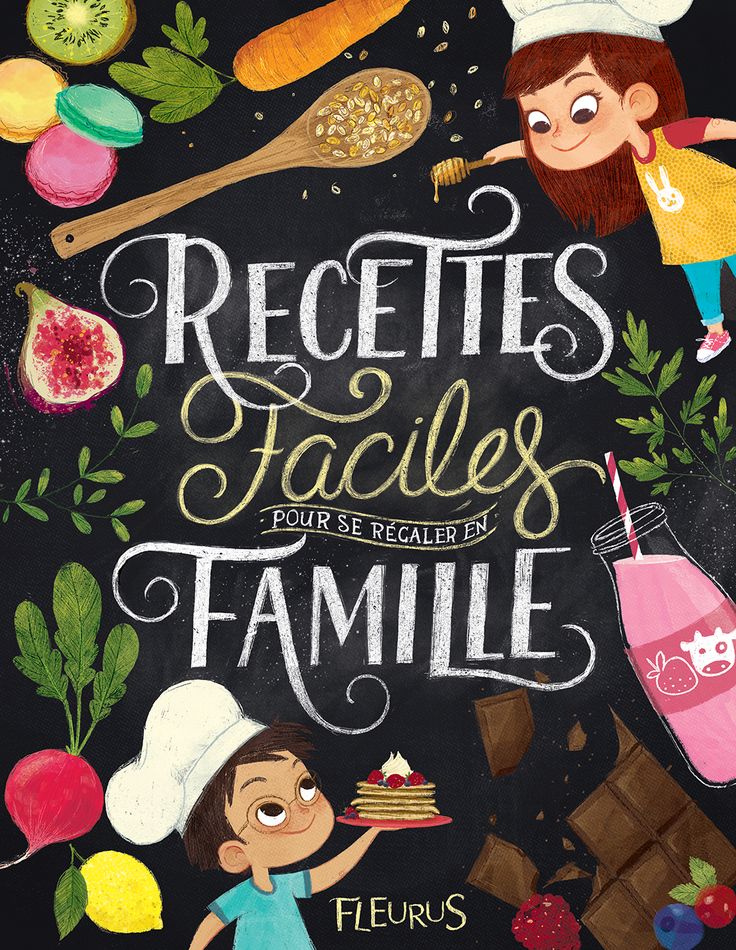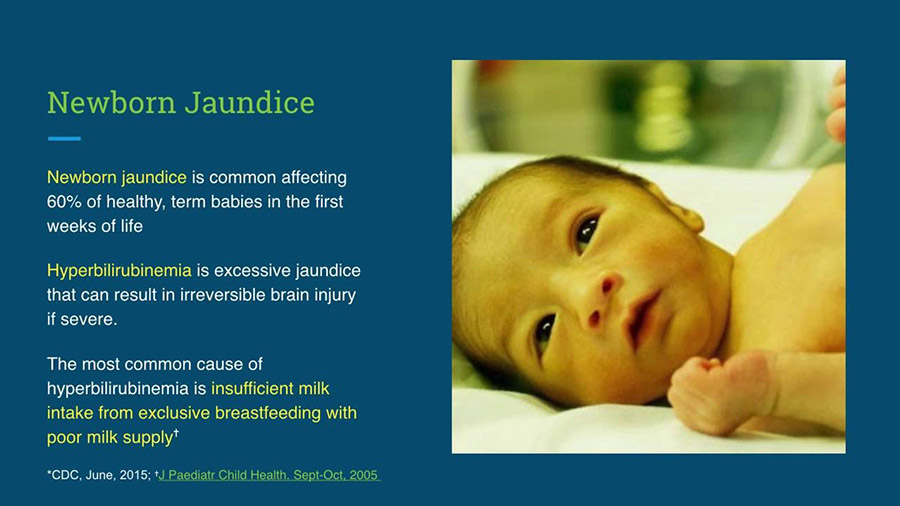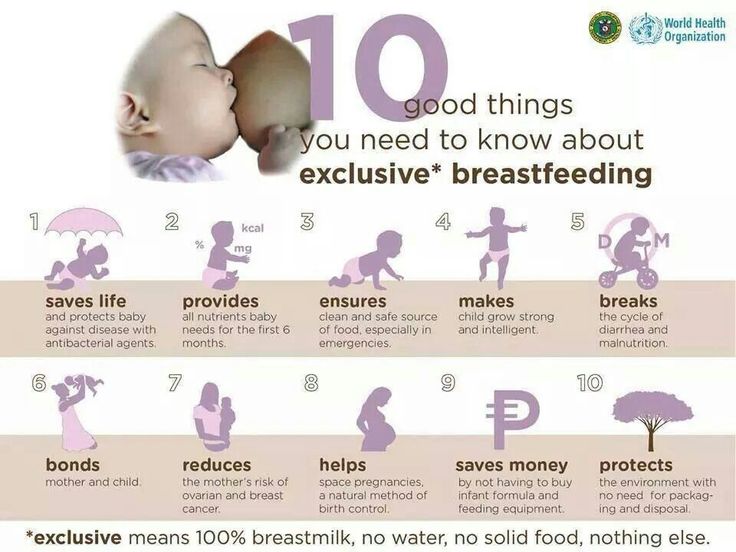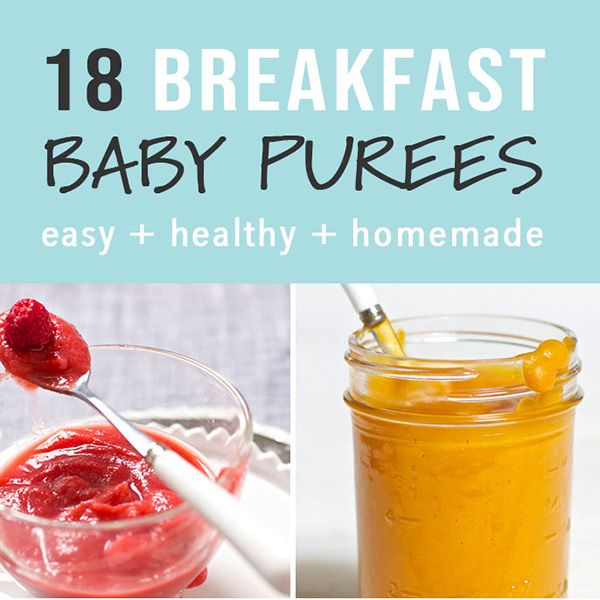Blend baby food ideas
Baby Food Recipes & Blends
To get your baby on track to become a lover of good, healthy food, it’s important to start early. Nix highly processed foods in favor of homemade puréed baby foods and blends that combine nutritious and delicious flavors. Continually exposing your child to colorful and delicious flavors will set a pattern and help guide your baby to grow up and reach nourishing whole foods when they’re hungry. We have ten exciting baby food recipes for your baby’s first year. You can blend these to any consistency, but remember that a baby’s ability to chew and swallow varies widely in the early months of eating solids. Be sure to never feed your baby something chunkier than they—or their little teeth—can handle.
FRUIT SOUPS
Think applesauce but with different fruit mixes. Hard fruits like pears and apples will need to be cooked first. Things like bananas and blueberries can simply be mashed. (Strain berries with large seeds like raspberries.) Experiment with different fruits, combinations, and even spices like cinnamon, allspice, and nutmeg. As babies grow older, are able to swallow thicker textures (and get teeth!), let these soups and purees get chunkier, and try leaving skins on.
FRUIT SMOOTHIES
Whip a little unsweetened yogurt into your fruit soup puree and you’ve got a delicious smoothie. Add a drop or two of vanilla or some citrus zest for a fun flavor boost.
SUMMER VEGETABLE MEDLEY
Boil carrots, peas, green beans, and summer squash until cooked in just enough water to cover. Puree, adding some of the cooking water to reach your babe’s desired consistency. When she reaches the just-around-the-corner toddler years, this counts as sauce for pasta receipes.
STEWS
Puree rich combinations of organic meats, vegetables, and herbs and spices into a satisfying blend that introduces a nearly endless variety of new flavors. Go for a classic beef stew with parsnips and peas. Don’t forget a fish stew, fragrant with coconut oil.
EGG SCRAMBLES
It used to be that people waited until after the first year to offer egg yolks.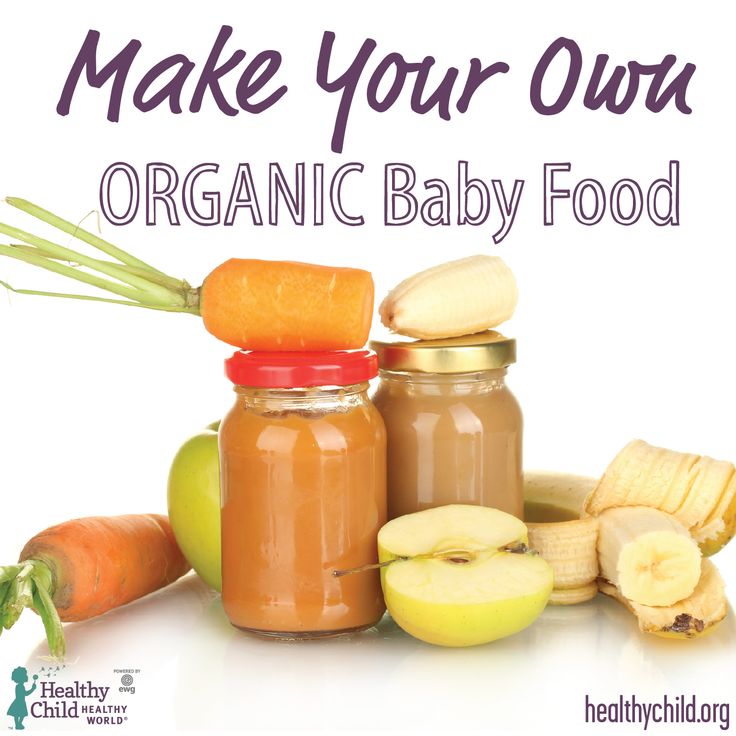 If you have no history of egg allergy in your family and your baby is healthy, and has not already shown an allergic reaction, then the new guidelines suggest you can introduce eggs as early as six months. Cook yours with some cheese, a bit of pureed broccoli, and maybe even a pinch of onion powder for a full-flavored, finger-friendly treat.
If you have no history of egg allergy in your family and your baby is healthy, and has not already shown an allergic reaction, then the new guidelines suggest you can introduce eggs as early as six months. Cook yours with some cheese, a bit of pureed broccoli, and maybe even a pinch of onion powder for a full-flavored, finger-friendly treat.
SQUASH MASH
Bake any variety of squash or even yams. Mash together with some parmesan cheese and—if you dare—a pinch of mild chili powder. For a treat, combine with butter and cinnamon. Water can be added to make these purees less thick for the youngest among us.
LENTILS
These tiny legumes are really a perfect baby food. They can be blended with almost any steamed vegetable, fruit, or cooked grain for that matter. Add some basil and oregano for an extra taste bud-blooming kick. To work on the pincher grasp, put a few well cooked and unblended lentils on a high chair tray and watch your babe ‘go to town’.
MEATBALLS
Use organics ground turkey or grass-fed beef in any recipe that includes flavorful herbs and ingredients, like parmesan cheese, that together supply a complex taste profile. Blend for early eaters, and offer tiny non-choking-sized pieces to those toothy babies who are pushing twelve months.
Blend for early eaters, and offer tiny non-choking-sized pieces to those toothy babies who are pushing twelve months.
PASTA
Simmer bite-sized chopped vegetables like sweet red peppers, onion, carrot, and tomato together until soft. Add ground meat if you like, with herbs like parsley, basil, and oregano. Serve with whole-wheat pastina or small-sized gluten-free quinoa pasta and a sprinkling of cheese—try bolder Romano instead of parmesan. Can easily be blended or pureed.
GREAT GREENS
Calling all mini Popeyes! Kale, spinach, beet greens and more, sautéed in olive oil with garlic until soft don’t need to be blended. But finely chopped or pureed with fresh tomato and maybe a whole grain of choice (have you tried barley yet?), they’re divine.
FRUIT SOUPS
Think applesauce but with different fruit mixes. Hard fruits like pears and apples will need to be cooked first. Things like bananas and blueberries can simply be mashed. (Strain berries with large seeds like raspberries. ) Experiment with different fruits, combinations, and even spices like cinnamon, allspice, and nutmeg. As babies grow older, are able to swallow thicker textures (and get teeth!), let these soups and purees get chunkier, and try leaving skins on.
) Experiment with different fruits, combinations, and even spices like cinnamon, allspice, and nutmeg. As babies grow older, are able to swallow thicker textures (and get teeth!), let these soups and purees get chunkier, and try leaving skins on.
FRUIT SMOOTHIES
Whip a little unsweetened yogurt into your fruit soup puree and you’ve got a delicious smoothie. Add a drop or two of vanilla or some citrus zest for a fun flavor boost.
SUMMER VEGETABLE MEDLEY
Boil carrots, peas, green beans, and summer squash until cooked in just enough water to cover. Puree, adding some of the cooking water to reach your babe’s desired consistency. When she reaches the just-around-the-corner toddler years, this counts as sauce for pasta receipes.
STEWS
Puree rich combinations of organic meats, vegetables, and herbs and spices into a satisfying blend that introduces a nearly endless variety of new flavors. Go for a classic beef stew with parsnips and peas. Don’t forget a fish stew, fragrant with coconut oil.
Go for a classic beef stew with parsnips and peas. Don’t forget a fish stew, fragrant with coconut oil.
EGG SCRAMBLES
It used to be that people waited until after the first year to offer egg yolks. If you have no history of egg allergy in your family and your baby is healthy, and has not already shown an allergic reaction, then the new guidelines suggest you can introduce eggs as early as six months. Cook yours with some cheese, a bit of pureed broccoli, and maybe even a pinch of onion powder for a full-flavored, finger-friendly treat.
SQUASH MASH
Bake any variety of squash or even yams. Mash together with some parmesan cheese and—if you dare—a pinch of mild chili powder. For a treat, combine with butter and cinnamon. Water can be added to make these purees less thick for the youngest among us.
LENTILS
These tiny legumes are really a perfect baby food. They can be blended with almost any steamed vegetable, fruit, or cooked grain for that matter. Add some basil and oregano for an extra taste bud-blooming kick. To work on the pincher grasp, put a few well cooked and unblended lentils on a high chair tray and watch your babe 'go to town'.
They can be blended with almost any steamed vegetable, fruit, or cooked grain for that matter. Add some basil and oregano for an extra taste bud-blooming kick. To work on the pincher grasp, put a few well cooked and unblended lentils on a high chair tray and watch your babe 'go to town'.
MEATBALLS
Use organics ground turkey or grass-fed beef in any recipe that includes flavorful herbs and ingredients, like parmesan cheese, that together supply a complex taste profile. Blend for early eaters, and offer tiny non-choking-sized pieces to those toothy babies who are pushing twelve months.
PASTA
Simmer bite-sized chopped vegetables like sweet red peppers, onion, carrot, and tomato together until soft. Add ground meat if you like, with herbs like parsley, basil, and oregano. Serve with whole-wheat pastina or small-sized gluten-free quinoa pasta and a sprinkling of cheese—try bolder Romano instead of parmesan. Can easily be blended or pureed.
Can easily be blended or pureed.
GREAT GREENS
Calling all mini Popeyes! Kale, spinach, beet greens and more, sautéed in olive oil with garlic until soft don’t need to be blended. But finely chopped or pureed with fresh tomato and maybe a whole grain of choice (have you tried barley yet?), they’re divine.
Tags
- First 1000 Days
- First Foods
Best Baby Food Combinations (50 Easy Recipe Ideas + Tips)
Learn this simple approach to making baby food combinations with this master list of ideas. With this post, you’ll always have ideas for easy baby meals that both taste great and are realistic for you to execute…even with a busy schedule!
Baby Food Combinations
Moving from single ingredient baby foods to combinations in stage 2 baby food is such a fun stage of feeding babies because things can get so much more flavorful and interesting! And it means that you can batch cook basic purees and then combine them in so many delicious ways to keep things interesting and nutrition varied.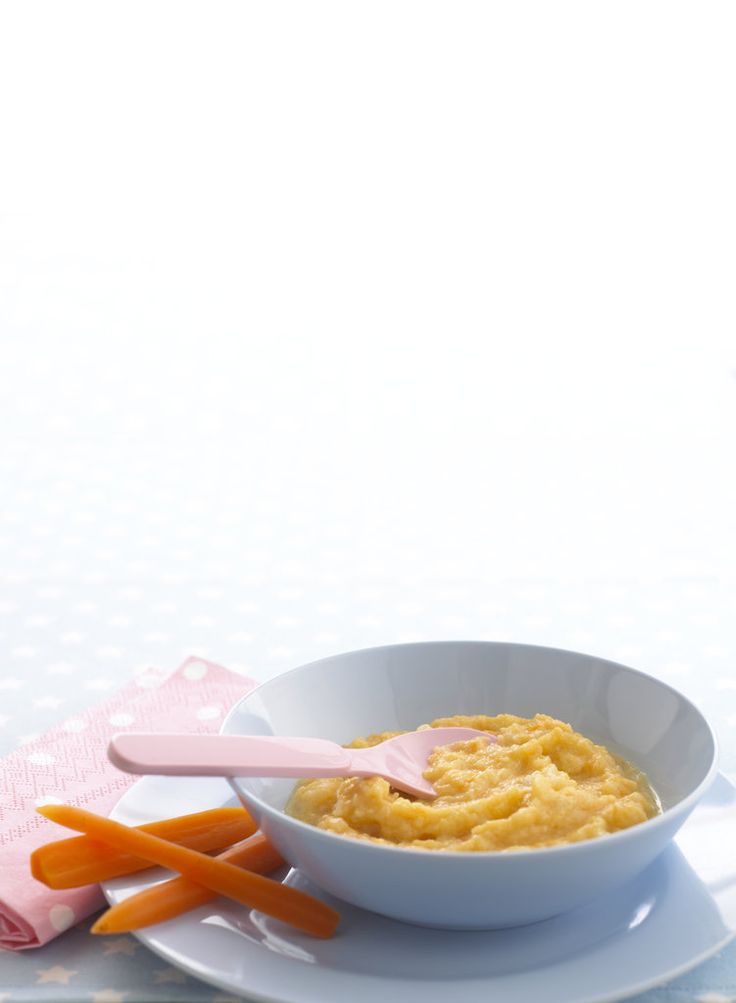
And while I am not opposed to sometimes buying baby food, each of these ideas is super easy—even if you are very busy. I love to have a stash of these in the freezer to use for quick meals in a pinch. (And to be honest, we still use them in the toddler years as easy ways to offer up veggies!)
TIP: Scroll to the recipe at the end of the post for all of the details, and read through the post for answers to common questions and basics about making baby food combos.
Ingredients in Baby Food Combinations
To make the baby foods in this post, you’ll need basic ingredients (that will obviously vary according to which specific puree you choose). The base purees are made with:
- Apples
- Bananas
- Blueberries
- Butternut Squash
- Carrots
- Mango
- Pear
- Peas
- Spinach
- Sweet Potatoes
TIP: Then, to mix things into combinations, you can add in peanut butter, plain whole milk yogurt, Baby Oatmeal, Baby Rice Cereal, and other purees including those made with beans, chicken, pineapple, avocado, peach, and more.
How to Make Stage 2 Baby Food Combinations Step-by-Step
Here’s a look at the simple process involved in making this sort of stage 2 baby food. Scroll down to the bottom of the recipe for the full information.
- Make your base purees.
- Store or freeze until ready to combine.
- Stir together the purees, adding any optional spices or ingredients, until uniform.
- Serve with a spoon or in a reusable pouch.
TIP: I like to make the single ingredient purees and freeze them, then mix and match frozen cubes of purees into yummy combinations. This ensures that you have flexibility to adjust if baby doesn’t love one combination and that you can change up the flavors you’re offering regularly.
How do you combine baby food?
With the way I do it, you simply make two purees (or one puree if you plan to combine it with something like yogurt or oatmeal) and mix them together. You can really do any combinations that sound good to you. I have 10 base purees and 5 easy combination ideas for you to get started, but then you can totally run with it!
I have 10 base purees and 5 easy combination ideas for you to get started, but then you can totally run with it!
Best Baby Food Containers
For storing baby food, I like these Wean Green Storage Cubes (they are glass and are insanely durable—I’ve been using the same set for 8 years), these Beaba Clip Containers, and these Wee Sprout Containers. My go-to reusable pouches include this silicone one from Squeasy Gear and these Wee Sprouts BPA-free plastic ones. (I prefer the 3 ounce size for babies in both pouch options.)
Apple Baby Food Ideas
Once you make basic Apple Puree, you can combine it with so many yummy flavors!
- + plain whole milk yogurt = Apple Yogurt
- + Baby Oatmeal = Apple Oatmeal
- + Spinach Puree = Apple Spinach Baby Food
- + Carrot Puree = Apple Carrot Baby Food
- + Butternut Squash Puree = Apple Squash Baby food
Banana Baby Food Ideas
Try these easy combinations that start with Banana Puree.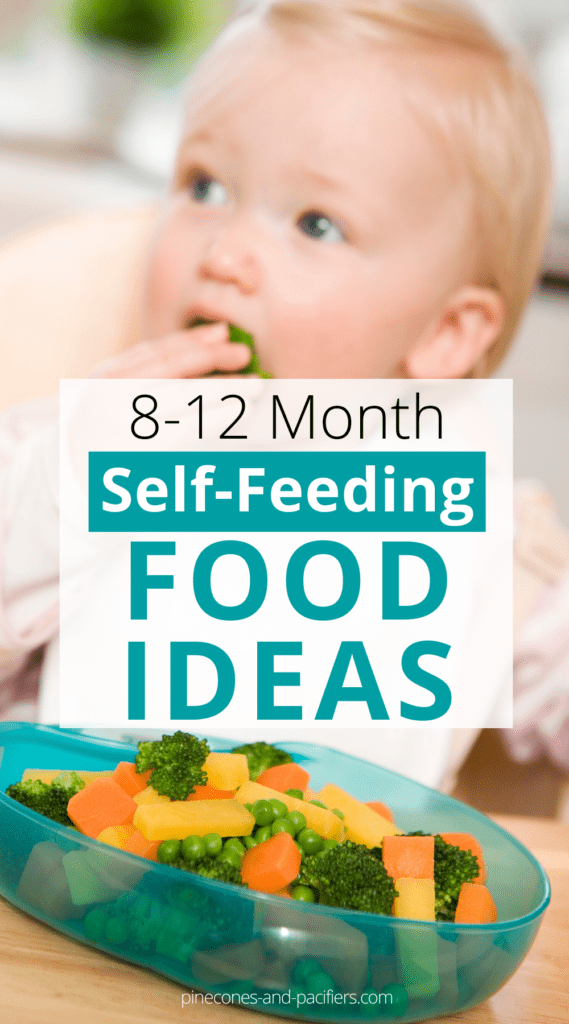
- + Peanut Butter Puree = Banana Peanut Butter Baby Food
- + plain whole milk yogurt = Banana Yogurt
- + Baby Oatmeal + Banana Oatmeal
- + Bean Puree = Banana Bean Puree
- + Avocado Puree + Banana Avocado Puree
Baby Food Combinations with Blueberries
Start with Blueberry Puree, then transform it into these fun flavors.
- + plain whole milk yogurt = Blueberry yogurt
- + Baby Oatmeal = Blueberry Oatmeal
- + Banana Puree = Blueberry Banana Puree
- + Mango Puree = Blueberry Mango Puree
- + Peach Puree = Blueberry Peach Puree
Baby Food Combinations with Butternut Squash
Smooth Butternut Squash Puree is a great base as it’s rich in nutrients and has a naturally mild flavor. (Any of these would be great with a tiny pinch of cinnamon.)
- + Pear Puree = Squash Pear Puree
- + Bean Puree = Squash Bean Puree
- + Banana Puree = Squash Banana Puree
- + Applesauce = Squash Apple Puree
- + plain whole milk yogurt = Squash Yogurt
Baby Food Combinations with Carrots
Start with Carrot Puree, then add in new flavors!
- + Apple Puree + Sweet Potato Puree = Carrot Apple Sweet Potato Puree
- + Pear Puree + Sweet Potato Puree = Carrot Pear Sweet Potato Puree
- + Banana Puree = Carrot Banana Baby Food
- + Quinoa Baby Food = Carrot Quinoa Baby Food
- + Bean Puree = Carrot Bean Puree
Baby Food Combinations with Mango
Mango Puree is a cinch to make and is so intensely flavorful—which makes it play really well with other purees!
- + plain whole milk yogurt = Mango Yogurt
- + Baby Oatmeal = Mango Oatmeal
- + Banana Puree = Mango Banana Puree
- + Avocado Puree = Mango Avocado Puree
- + Peach Puree = Mango Peach Puree
Pear Baby Food Combinations
Ripe pears make delicious Pear Baby Food that freezes and combines well.
- + Avocado Puree = Pear Avocado Puree
- + Baby Oatmeal + Cinnamon = Pear Cinnamon Oatmeal
- + Banana Puree = Pear Banana Puree
- + Pea Puree = Pear Pee Puree
- + Carrot Puree = Pear Carrot Puree
Baby Food Combinations with Peas
Keep a bag of frozen peas in the freezer and homemade Pea Puree is just minutes away. Then try:
- + Apple Puree = Pea Apple Puree
- + Pear Puree = Pea Pear Puree
- + Mango Puree = Pea Mango Puree
- + Banana Puree = Pea Banana Baby Food
- + Pineapple Puree = Pea Pineapple Puree
Baby Food Combinations with Spinach
My Spinach Baby food already has peas in it (to ensure it’s smooth and mellow in flavor). You can also combine it with:
- + Apple Puree = Spinach Apple Puree
- + Pear Puree = Spinach Pear Puree
- + plain whole milk yogurt = Savory Spinach Yogurt
- + Quinoa Baby Food and pinch Parmesan cheese = Spinach Parmesan Quinoa
- + Bean Puree = Spinach Bean Puree
Sweet Potato Baby Food Ideas
Start with a batch of Sweet Potato Baby Food and then try these yummy options:
- + Chicken Puree = Sweet Potato Chicken Baby Food
- + Bean Puree = Sweet Potato Bean Puree
- + Applesauce = Sweet Potato Applesauce
- + Carrot Puree + Cinnamon = Cinnamon Sweet Potato Carrot Puree
- + Bean Puree + Cumin = Mexican Sweet Potato Bean Puree
How to Store Baby Food—and Send it to Daycare
I prefer to freeze batches of baby food in a silicone ice cube tray overnight, transfer it to a zip top freezer bag, then store it until I’m ready to serve or combine it.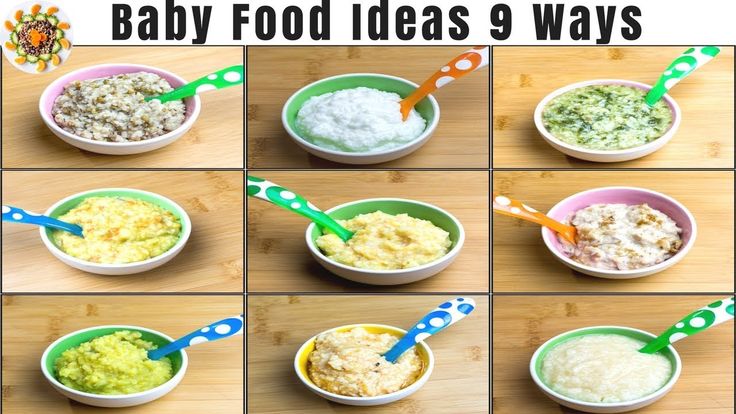 You can then mix and match from the single ingredient purees you have in the freezer by adding a cube or two of two purees to a container. If you do that the night before you plan to serve the food, it will thaw and be ready to stir together.
You can then mix and match from the single ingredient purees you have in the freezer by adding a cube or two of two purees to a container. If you do that the night before you plan to serve the food, it will thaw and be ready to stir together.
This makes it easy to batch cook and have a lot of option to feed baby at home or at daycare.
Tips for Making the Best Baby Food Combinations (Stage 2 & Stage 3)
- These Stage 2 baby foods are great to introduce after baby has started solids with single ingredient baby foods.
- For a 6 month old baby, 1-2 tablespoons baby food may be plenty for a single serving. For a 9 month old baby, they might want ¼ cup or more.
- Adjust the servings based on your child’s hunger, using a roughly one to one ratio of the purees in each combination.
- Read more about the differences in Baby Food Stages here.
- Find my best tips for Baby Food Storage here.
- Add in a little mashed avocado, coconut oil, or Prune Puree to help with baby constipation.

- Serve with a spoon or in a reusable pouch.
I’d love to hear your feedback on these ideas, so please comment and rate the recipe ideas below! I appreciate all of your comments so much.
Prep Time 15 minutes
Cook Time 10 minutes
Total Time 25 minutes
Author Amy Palanjian
Cuisine American
Course Baby Food
Calories 5kcal
Servings 6
1-2 tablespoons Butternut Squash Puree and with one of the following
- ▢ 1-2 tablespoons Pear Puree
- ▢ 1-2 tablespoons Bean Puree
- ▢ 1-2 tablespoons Banana Puree
- ▢ 1-2 tablespoons Applesauce
- ▢ 1-2 tablespoons plain whole milk yogurt
1-2 tablespoons Spinach Puree and one of the following:
- ▢ 1-2 tablespoons Apple Puree
- ▢ 1-2 tablespoons Pear Puree
- ▢ 1-2 tablespoons plain whole milk yogurt
- ▢ 1-2 tablespoons Quinoa Baby Food and pinch Parmesan cheese
- ▢ 1-2 tablespoons Bean Puree
1-2 tablespoons Sweet Potato Puree and one of the following:
- ▢ 1-2 tablespoons Chicken Puree
- ▢ 1-2 tablespoons Bean Puree
- ▢ 1-2 tablespoons Applesauce
- ▢ 1-2 tablespoons Carrot Puree and pinch cinnamon
- ▢ 1-2 tablespoons Bean Puree and pinch cumin
Prepare each puree.
 Freeze in a silicone ice cube tray, transferring the cubes to a freezer bag once solid, or store in the refrigerator as needed.
Freeze in a silicone ice cube tray, transferring the cubes to a freezer bag once solid, or store in the refrigerator as needed.Place roughly equal amounts of the two (or more) purees you plan to combine into a bowl. Stir together. (If the purees are frozen, place a cube or two of each into a bowl or storage container. the night before you plan to serve and let thaw overnight in the fridge before stirring together. Or thaw at room temperature for about 2 hours.)
Serve or store for later.
Mixing Bowl
Reusable Pouch
Silicone Ice Cube Tray
- Taste the purees and add more of a sweeter one if needed.
- Add small pinches of spices like cinnamon, ground ginger, and cumin to add flavor.
- Add small pinches of ground flaxseed to add healthy fats.
- Serve with a baby spoon or in a reusable pouch.
- Pack for daycare if needed in small airtight containers.
- Serve cold or warm just slightly.

- If. baby has a dairy intolerance, use a nondairy, unsweetened nondairy yogurt.
- If baby has a nut allergy, use a nut-free alternative that's unsweetened such as Sunbutter.
Calories: 5kcal, Carbohydrates: 1g, Protein: 1g, Fat: 1g, Saturated Fat: 1g, Polyunsaturated Fat: 1g, Monounsaturated Fat: 1g, Cholesterol: 1mg, Sodium: 2mg, Potassium: 11mg, Fiber: 1g, Sugar: 1g, Vitamin A: 30IU, Vitamin C: 1mg, Calcium: 5mg, Iron: 1mg
Tried this recipe?Rate in the comments and tag @yummytoddlerfood on IG!
Baby food leftovers - Encyclopedia Baby food
Victoria Levchuk©Offering tons of ideas and recipes for using leftover baby food, as well as tips on how to safely store leftover baby food.
Store-bought puree can be stored in the refrigerator for up to 24 hours. At the first feeding, a jar of baby food is opened each time a new one, with the introduction of 2-3 new products, you can store baby puree in the refrigerator for 24 hours and give the baby during this period.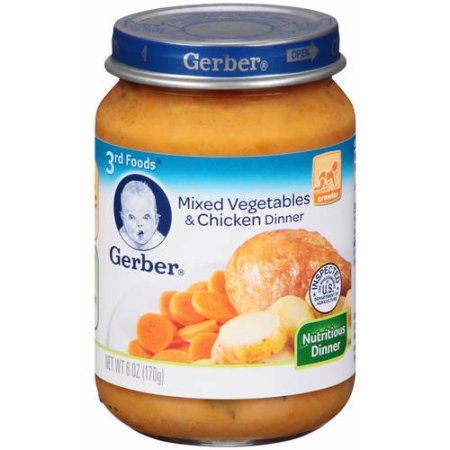 The main thing is to give the child the first time to adapt to a new product without pathogenic organisms inside the baby puree, which appear during long-term storage in the refrigerator. nine0005
The main thing is to give the child the first time to adapt to a new product without pathogenic organisms inside the baby puree, which appear during long-term storage in the refrigerator. nine0005
Usually, when a certain amount of complementary foods is introduced into the child's diet, mothers transfer the baby to homemade baby puree, which is prepared every day, after 8-9 months - every other day.
Good to know!
- How to make baby puree thick in consistency
- Clean Plate Syndrome - why it's bad to force a child to finish eating.
- Tasty tales, if the child does not eat well - fairy tales that can be read to the baby.
- Fish food is all about introduction to fish food. nine0017
- Day 1: Child's breakfast - a step-by-step guide for parents on how to return healthy food to the family.
Leftover baby food, both industrial and homemade, can be easily frozen and used within 3 months of freezing. The main thing is to follow all the rules and regulations for freezing baby food, which can be read here.
The main thing is to follow all the rules and regulations for freezing baby food, which can be read here.
And now let's get down to the most interesting part of how to use the leftover baby food, we will describe everything in more detail. nine0005
Table of contents:
Can leftover baby food be reused? Yes, if the product is not a first food and is not contaminated. If the baby was fed directly from the jar, and a spoon that was in the child’s mouth often fell into it, you need to throw away the baby food or finish eating it yourself. Microbes from a child's mouth can make baby food an ideal breeding ground for pathogens.
If the jar was warmed up with baby food, then it is also better to refuse long-term storage of baby puree. But if the right amount of baby food is laid out with a clean spoon on a plate, and then immediately closed with a lid and put in the refrigerator, then baby puree can be used within 24 hours from the moment the jar is opened. nine0005
nine0005
Leftover baby food can be used within 24 hours or frozen for up to 3 months.
How do I store leftover baby food? Homemade baby food is best stored in small containers with tight lids. Store-bought baby food is best stored in the same glass jar it was sold in. It is best to freeze baby food in special freezer jars or ice molds to make small cubes. Once they are frozen, transfer the cubes to a bag and leave in the freezer. Be sure to note the date of freezing baby food. nine0005
What can be made from leftover baby puree:
1. Leftover fruit baby food can be used as regular breakfast jam, or simply spread on bread or toast with baby puree. Various spices can be added to these baby purees to enhance the taste, for example, cinnamon can be added to applesauce.
2. Mix baby food fruit puree with oatmeal, yogurt, cottage cheese or milkshake. Perfect for smoothies, the remains of baby porridge for thickening, will also add nutrition and nutrients. nine0005
nine0005
3. Add leftover fruit puree to a cake or any other pastry. Baby food adds moisture and extra flavor to the flour product. You can make cookies, cake, pancakes or bread.
4. Use the fruit puree as a jam and dip crackers or other pieces of fruit into it.
5. Use leftover applesauce to make homemade ketchup.
6. Add leftover vegetable puree to the tomato sauce and mix with pasta or use on pizza. For example, zucchini or zucchini baby food pairs perfectly with spaghetti sauce. nine0005
7. Use leftovers to make mashed potatoes.
8. Use leftover mashed vegetables to make zucchini, carrot or other vegetable pancakes.
9. Mix mashed vegetables with rice to make rice balls or rice cakes.
10. Add leftover vegetable puree to the omelet.
11. Add vegetable, meat and fish purees to soup, stew.
12. Use leftover mashed meats to make baby meatballs or baby burgers. nine0005
13. Use baby food puree to make savory meat, vegetable and cheese muffins.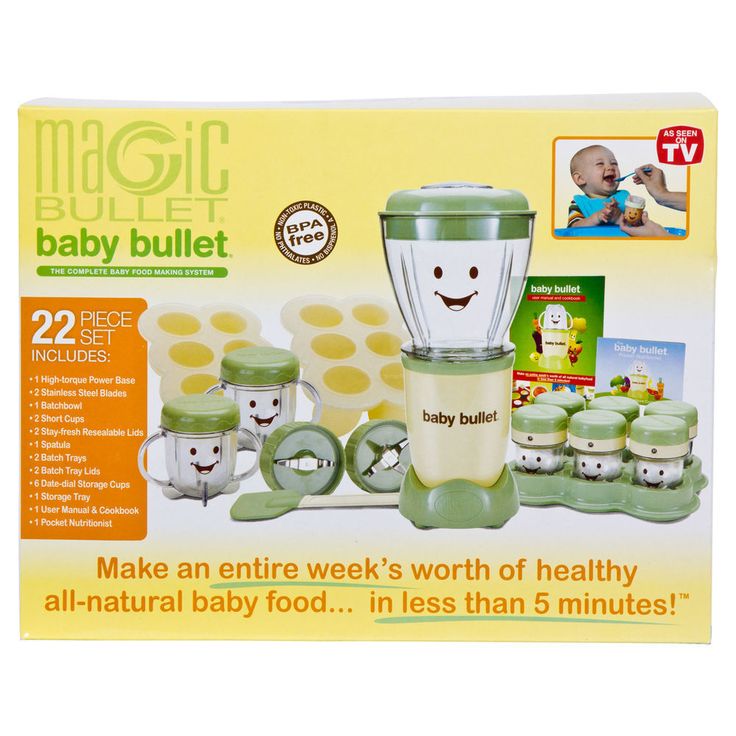
14. Marinate meat in leftover baby puree for a rather savory dish.
15. Fish complementary foods are ideally combined with cereals, for example, if you mix the leftover red salmon from a jar with boiled buckwheat, you get an amazingly tasty adult dish. Sometimes we just buy a couple of cans of salmon to eat with buckwheat, although we are already big.
Where else can you use leftover baby puree? nine0047
1. The leftover baby porridge can be used as a face mask, or put in the leftovers directly into the bath and take it. For example, oatmeal is good for soothing irritated skin, and is suitable as an excellent light peeling.
2. Mix any leftover baby food with essential oil (a couple of drops) and add a scrub ingredient, mix everything. Use within a week. Sugar, salt, coffee, coconut flakes, tangerine or orange peels, etc. can be used as a scrubbing ingredient. nine0005
3. Use leftover baby food as sensory material, the baby can get used to the textures and feel the food in a small basin.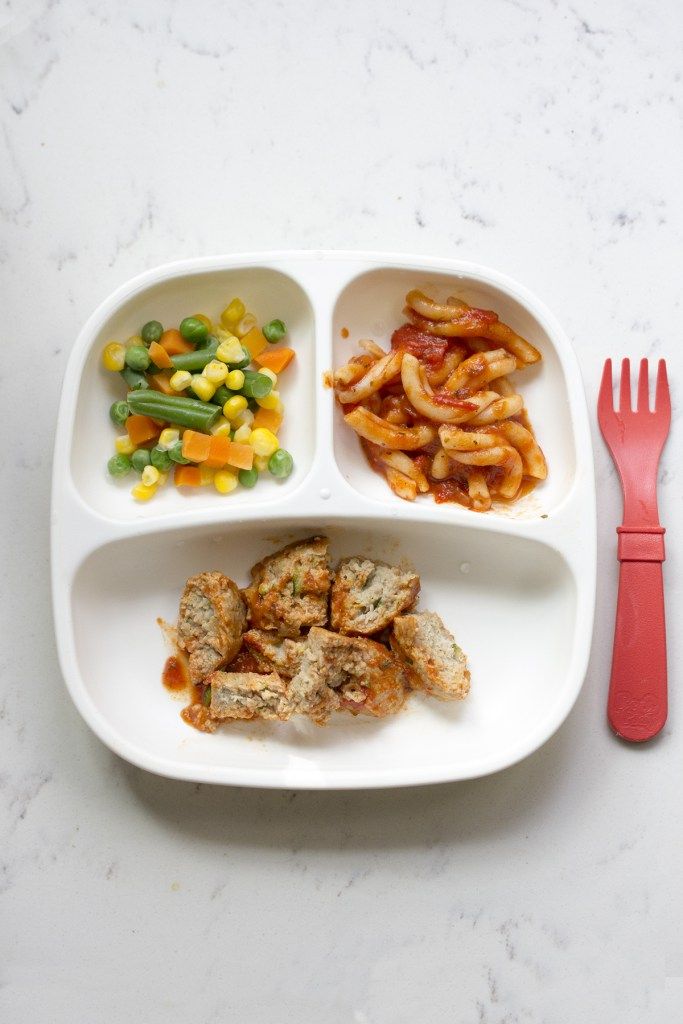
4. Use instead of paints, give the child a sheet of paper and baby puree, let him draw with his hands. True, the works of the young artist are best thrown away after, and the baby himself is well washed.
Remains of baby food and the older child
Also, don't forget about the older child, if complementary foods are introduced for the younger one, then the first baby can safely eat up the baby purees, especially those he likes. And leftover baby puree is a great way to add some vegetables to your older child's diet. After all, you can do it very discreetly and almost imperceptibly, cook pasta with a unique vegetable puree sauce. Fruit purees can be served to a child with pancakes, hash browns or cookies for breakfast. nine0005
You can serve the puree in a separate bowl for dipping the product, or pour the puree over pancakes or make funny faces, etc. Also, oatmeal porridge with a natural sweetener, in the form of fruit puree, is perfect for breakfast. Moreover, baby puree can be kept in the refrigerator for 2-3 days without loss of taste and quality, the main thing is to follow the rules for use, and the older child who has gone through kindergarten is not afraid of such pathogens.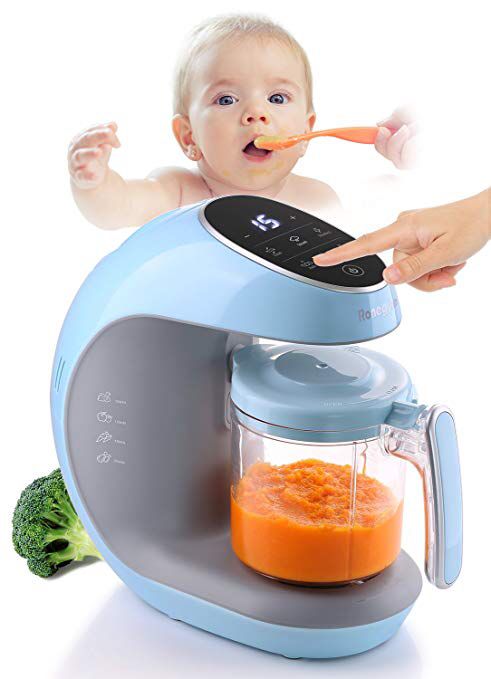
What else to do with leftover baby puree?
Baby food is perfect for losing weight and sick people who, for one reason or another, need to eat pureed food. After childbirth, women are put on a mashed diet temporarily so that the body recovers. nine0005
Also, do not forget about pets who will like the leftovers of baby food, not only meat purees, but also vegetable and fruit, the main thing is to offer.
I also heard that fishermen use baby food as bait for fish, mixing it with cereals and other products.
And also if a bodybuilder lives in the house, then you can safely feed him with the remnants of baby food, especially milk mixtures and baby cereals, which for some reason did not go into the baby's complementary foods. nine0005
I hope I have fully answered the question of how to store and use leftover baby food, what to cook with leftover baby puree, whether leftover baby puree is thrown away, what to do with leftover baby food, etc. Everyone has their own way of using the leftovers of baby purees, someone finishes eating after the child, someone throws it away, someone, in order to save money, uses the leftovers of mashed potatoes in the preparation of new delicious dishes, it’s up to the parents themselves to decide what to do, we offered only a couple of practical ideas, that can be applied in life.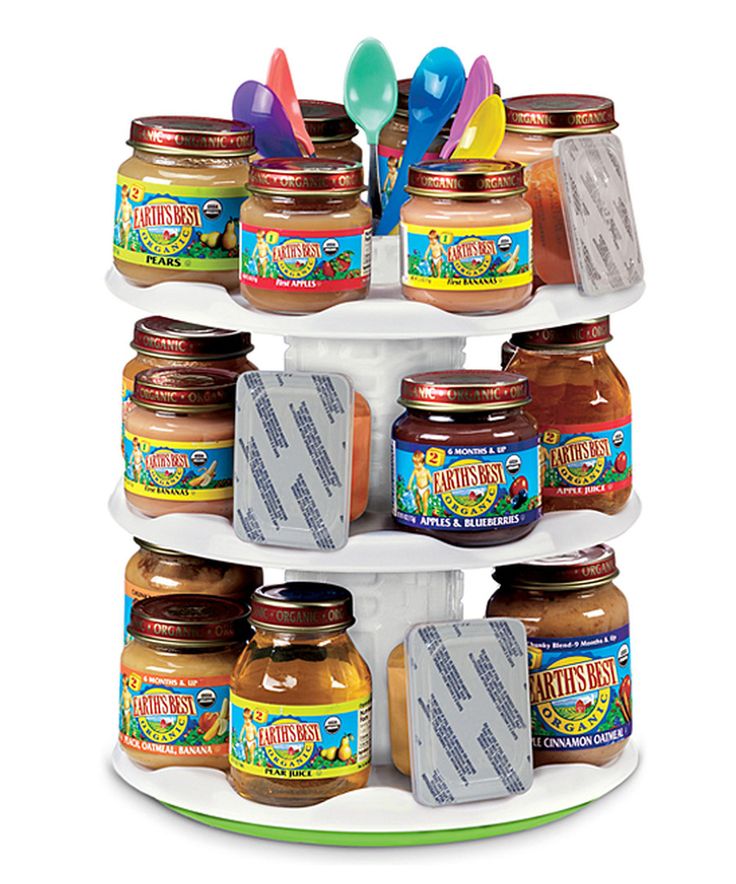 nine0005
nine0005
Vegetables and fruits. Ideas- Encyclopedia Baby food
Levchuk Victoria©
Creating a baby food combination is one of the most fun things about making homemade baby food. You can combine multiple foods to make really tasty recipes like apples, pears, and sweet potatoes. Do not shy away from mixing food, if for adult taste the foods should not be mixed together, then the child's palate is a blank slate, and it is better for him to know what to eat. nine0005
Should the 4-7 day wait rule be followed when vegetable and fruit food combinations are introduced into the child's menu?
Combinations can be made if at least one of the products is included in the child's diet and has been tested for allergies. When the basic foods of the baby are introduced and there is no allergy to them, then you can safely combine vegetables and fruits.
For example, if a child has been eating apples for a long time, then you can easily combine apples with another unfamiliar product and just watch the baby for a couple of days. And in this situation, if a reaction has occurred, then it is clear that the reason is in the new food that was added to the old familiar foods. nine0005
And in this situation, if a reaction has occurred, then it is clear that the reason is in the new food that was added to the old familiar foods. nine0005
Tables:
for beginners (4-6 months +) (6-8 months +)
Apple and potatoes
Mix apples with potatoes
Green beans and apples or pears or pears or pears or pears or pears or pears or pears or pears, mix green beans with apples and/or pears
Apple and zucchini
Mix apples with zucchini
Apple and carrots
Mix apples, etc. with carrots
(8-10 months +) (10-12 months +)
Green beans and potatoes
Mix white potatoes and green beans together - add some pear or apple juice for extra sweetness.
Sweet Peas
Mix peas and carrots with applesauce, rice or oatmeal and yogurt.
Carrot
Mix apple and carrot with rice, oatmeal and yogurt.
Potatoes
Mix potatoes, yogurt, oatmeal and a pinch of cinnamon, top with powdered sugar - mix well. nine0005
Fruit Pairing Ideas
(You can make your own fruit dishes or mix pre-made purees.)
Beginner (4-6 months +) (6-8 months +) cereal
Mix apple puree with oatmeal or rice porridge
Pumpkin and cereal
Mix pumpkin puree with oatmeal or rice porridge
Banana and apple 9030005 Mix apple and bananas as a separate meal or add the mixture to porridge. Apple-breast puree Mix apples and pears (Yvonyatina, when both are cooked together.) pumpkin and banana Mix pumpkin puree together with bananas Mix mix pumpkin and apple puree with bananas Thick apple pie Mix oatmeal, yogurt and applesauce together, add a pinch of cinnamon, top with powdered sugar - mix well. (
8-10 months +) (10-12 months +) 





